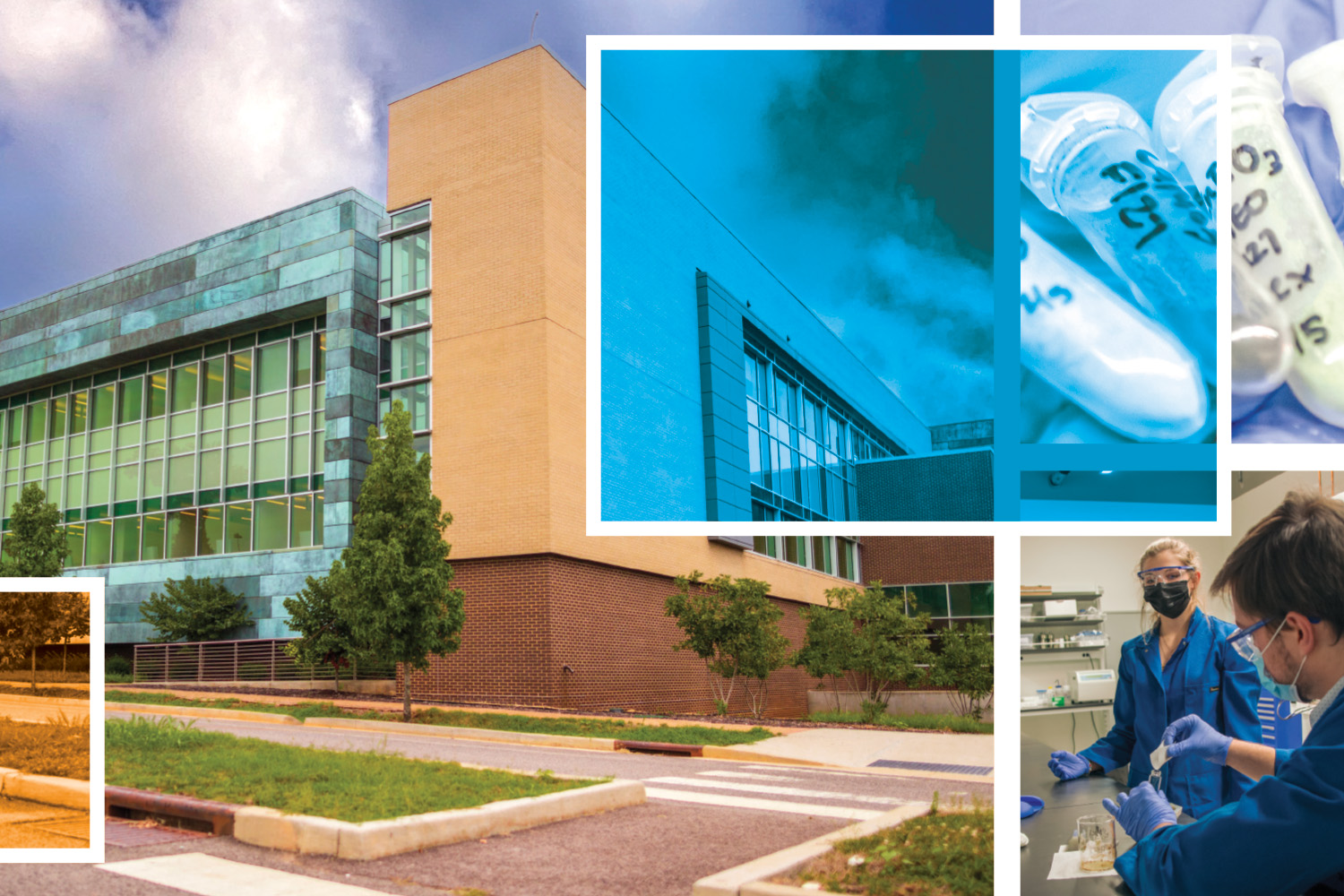By David Goddard.
From its inception in 2005 through the next 16 years or so, the Joint Institute for Advanced Materials was on the cutting edge of research, first on UT’s main campus and later in its current home at the University of Tennessee Research Park at Cherokee Farm.
Now, the center has ended, and the UT Institute for Advanced Materials and Manufacturing (IAMM) has been launched on its site. Its mission is to enable interdisciplinary collaboration between UT, industry, and government partners to better understand and develop materials for future solutions and products that will benefit society.
Although the name has changed, the mission and results have stayed the same: top-notch research from acclaimed faculty providing the next generation of materials.
“My goals with IAMM are to create a broad tapestry of researchers, not constrained by a physical location or college affiliation, while creating opportunities for collaborations with industry partners, national labs, and other universities,” said Jon Phipps, IAMM’s interim executive director. “We seek to identify and support faculty from across the UT, UT Institute of Agriculture (UTIA), and UT Space Institute campuses. By taking an inclusive approach, we have identified close to 170 faculty members with research interests that align with the IAMM’s mission.”
Specifically, Phipps noted that the College of Architecture and Design, UTIA’s Center for Renewable Carbon, and the College of Veterinary Medicine all had areas that overlapped with IAMM.
Historically, most researchers involved with the institute came from either the College of Arts and Sciences or the Tickle College of Engineering.
While they will certainly remain key players in IAMM, expanding to new areas is beneficial to everyone involved, as it increases the amount and variety of projects that it can pursue.
“Our own team is made up of a number of researchers that have previously not worked together, but who have developed long-term and sustainable goals that we, as an institute, will continue to support,” said Phipps. “We also a diverse group of faculty members, both in terms of demographics and career levels, which means that a new assistant professor has the chance to work closely with seasoned full professors, including Governor’s Chairs and national academies members. Likewise, our full professors benefit from collaborations with productive early career faculty.”

While the main IAMM building will always be important, Phipps said part of the new strategic vision for the institution is to not be specifically bound to any one building, but to enable its research to be conducted wherever it needs to be.
He pointed out that doing so further increases the likelihood for the expansion of partnerships, as investments and additions can be based where researchers are already conducting their work, making a far greater number of opportunities possible.
Phipps also noted that the university is fully committed to enhancing IAMM’s reputation and supporting its faculty, which should also lead to an expansion in the number of future projects.
“We have world-renowned programs and faculty members that can help drive both innovation and economic development,” he said. “Our team at the UT Research Park at Cherokee Farm provides industry affiliates with the opportunity to house new innovation centers on the Cherokee Farm Campus through public private partnerships. This synergy provides the private sector with the chance to leverage their investment with those of the university, creating a novel environment for research and development.”
All of which adds up to a bright future for the institute.
